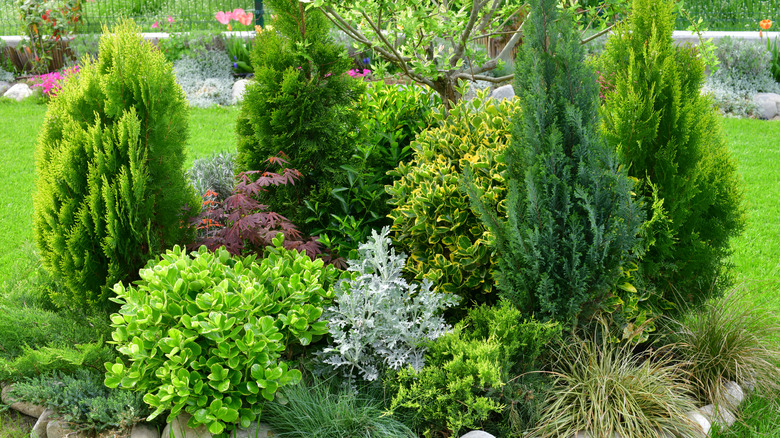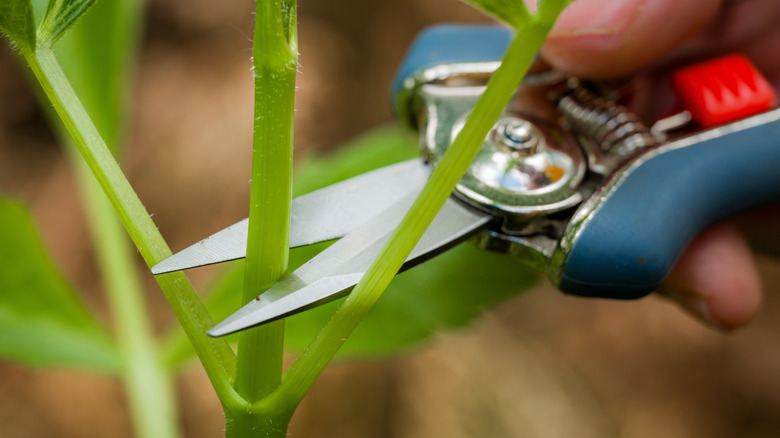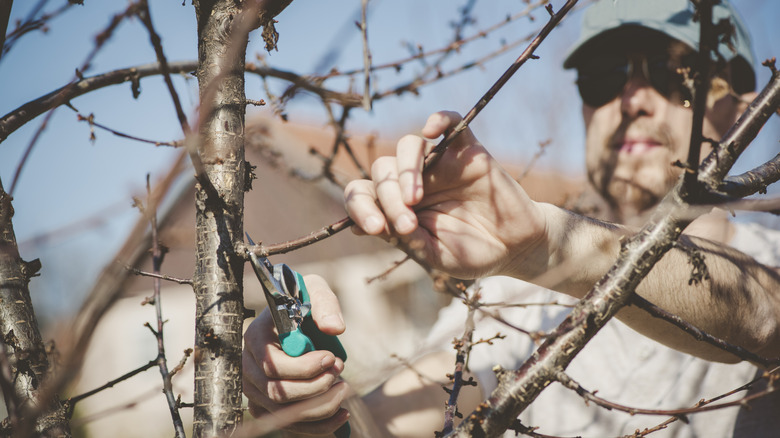Fuller Or Taller: How To Achieve Both Pruning Looks (& Which Is Best For Your Plant)
Pruning is essential for plants, not only to maintain the right garden aesthetics, but also to keep them healthy and full of blooms. Once gardeners figure out when to prune, then they have to figure out how to prune — whether to go for fullness in their plants or to encourage vertical growth. Different pruning techniques stimulate different types of growth. If you want your plants to look fuller, you need to prune out their growing tips to encourage the growth of lateral branches and leaves. Whereas, taking out entire shoots from their point of origin helps in stimulating growth throughout the plant, making it grow taller. The best look for your plant depends on its natural growth habit as well as personal factors like gardening goals or space constraints.
Pruning primarily helps in removing dead, diseased, and damaged parts of a plant. Nonetheless, different techniques, such as bonsai, topiary, and espalier have evolved over the years that require pruning precisely for creating stunning visual effects in plants. Apart from enhancing aesthetics and controlling size with pruning, you can also maintain the density of the plant depending on whether you prune back to inward- or outward-facing buds. In the case of the former, the plant will have a denser growth whereas the latter will make it more open.
How to prune for fuller vs taller growth in plants
When gardeners are looking to make a plant look bushier, they usually employ what is known as a heading cut. These cuts are made to shorten plant shoots and branches without removing them completely, which ends up stimulating the remaining buds on the branch and encourages compact growth. Heading cuts help in making plants fuller and bushier because of a phenomenon called apical dominance. The tip of the plant stem contains a hormone known as auxin, which suppresses the growth of any lateral buds in the plants. When you cut this tip off, you free the passage of resources and hormones towards the formation of lateral buds. This makes the plant start forming lateral branches, which gives it a fuller appearance.
On the other hand, if you're looking to simulate more vertical growth in your plants, say in those plants that already possess a bushy growth habit, you need to cut off entire shoots or branches right at the base of the plant. These are known as thinning cuts. These cuts do not only rejuvenate the plant by stimulating more root development, but also — as the term suggests — thin out the plant to improve air circulation and access to sunlight. More sunlight naturally leads to more growth.
Which look is best for your plants
As is the case with most gardening practices, pruning your plants and trees the right way involves considering specifics like the type of plant you're dealing with, as well as your personal constraints. Shrubs and hedges look their best when they are full and thick. This includes upright plants like hawthorn (Crataegus monogyna) and American holly (Ilex opaca), as well as stocky ones like hazel (Corylus avellana) or evergreens like yew (Taxus baccata). If you're dealing with mounding shrubs, like evergreen azaleas (Rhododendron indicum), you can maintain their appearance with thinning cuts on the inner stems that do not drastically change their shape, and yet, take out about a third of their size.
On the other hand, if you're growing your plant indoors in containers or pots, you might want their growth to be more horizontal than vertical. Constantly pinching away growing tips of houseplants like pothos (Epipremmum aureum) or schefflera (Schefflera arboricola) is very effective in making them look lush. Just make sure they also get enough sunlight.
Finally, if you're fond of growing fruit trees, you should probably thin them out every once in a while to keep them fresh and healthy. Thinning does not only help in improving the appearance of trees but also boosts bud formation and fruit production. Having said that, not tailoring the process to the species is one of the common mistakes to avoid when pruning fruit trees.


